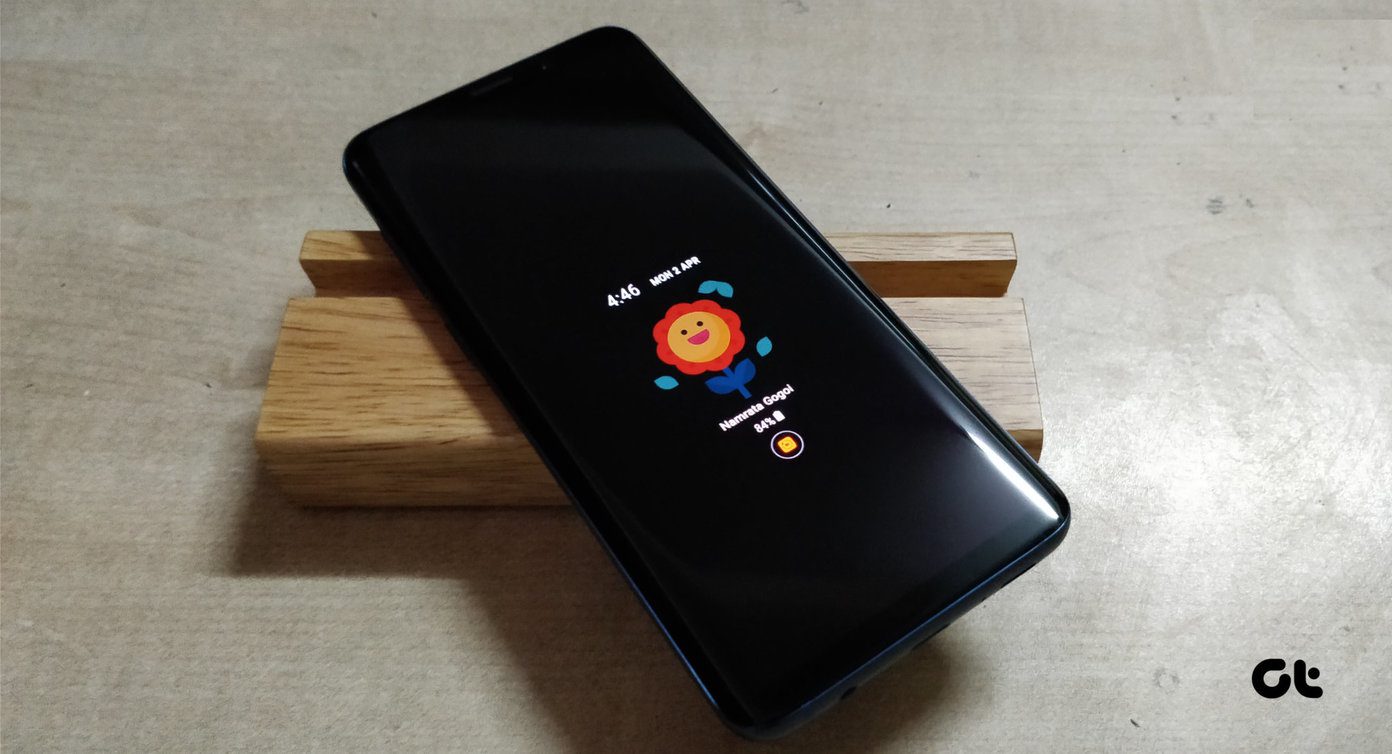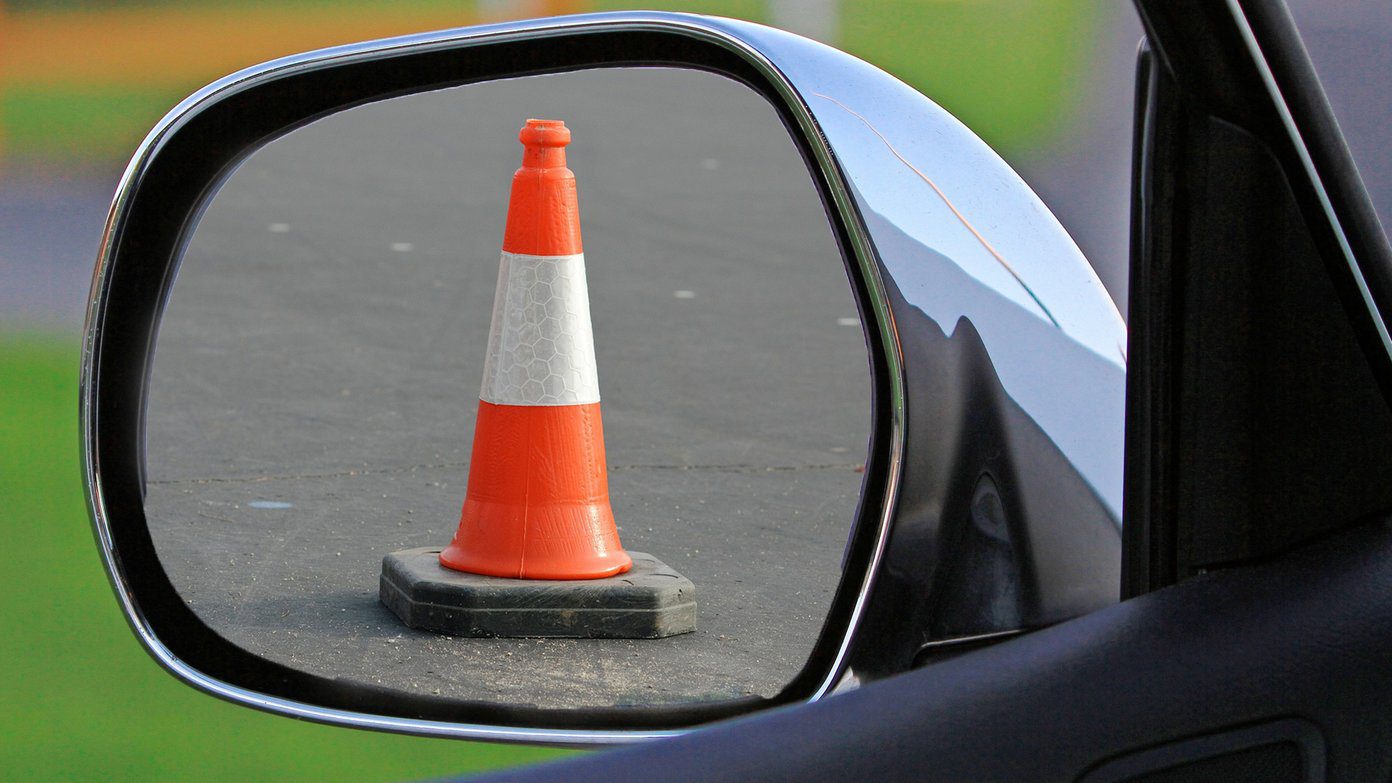A Brief Overview
Though the regular Echo looks like a hefty version of the Echo Dot, there isn’t much difference between the two. For one, the Echo Dot is quite similar to the Echo, sans the dedicated woofer and treble speaker for better sound output. When it comes to sound quality, the regular Echo fares better and the Dot appears to be a bit under-powered. However, it makes it up with its nifty ability to hook up to any external speakers via a 3.5-mm AUX output.
Step 1: Naming your Echos
Naming your Echo devices is the first step towards having a connected Echo system in your house or office. While you can opt to skip this step, naming your Echos can help you with the Drop in feature. The Drop in feature — available only in the U.S, Canada, and Mexico — lets you use your connected Echo devices like an intercom. While Alexa can distinguish between the names, having similar names such as Bedroom 1 or Bedroom 2 will confuse the voice-enabled assistant. Hence, names that are easily distinguishable should be preferred such as loft, study, guest and so on.
Step 2: Enable Skills
Having named the individual devices, now is the time to enable the skills of Alexa. These skills can be anything from enabling one of the music streaming application to enabling a smart remote functionality.
Step 3: Create Groups
Say you have two Echo devices, just select the two and hit Save. What’s interesting is that you can make different groups like such if you have more than two Echo devices. Once the group is made, test the connected system by giving a few commands followed by the group name. For example,
Alexa, play party songs in [group name]Alexa, volume to 7 in [group name]
Points to Note
- Please note that when you are creating multiple groups, the names of the groups should also sound different from the individual names of the devices. In most of the situations, having the microphone turned on in both the devices could confuse Alexa (if both of them are in a close range). Hence, it’s better to have one of the mics off.
It’s Showtime!
Now that your Echo devices are connected, all you have to do is say the right commands and the humble and sweet sounding voice-enabled assistant would do the rest for you. Whether it’s playing music from a particular genre, artist or a particular time-period, Alexa is smart enough to understand what you need, provided you are specific to your queries. The good thing about the Echo devices is that you can have an easily affordable connected audio system. Though you might miss out on the music quality that a connected system gives, you get a slew of smart commands at your disposal. In my opinion, I’d say it’s a win-win. What about you? Let us know about your experience in comments. The above article may contain affiliate links which help support Guiding Tech. However, it does not affect our editorial integrity. The content remains unbiased and authentic.




















